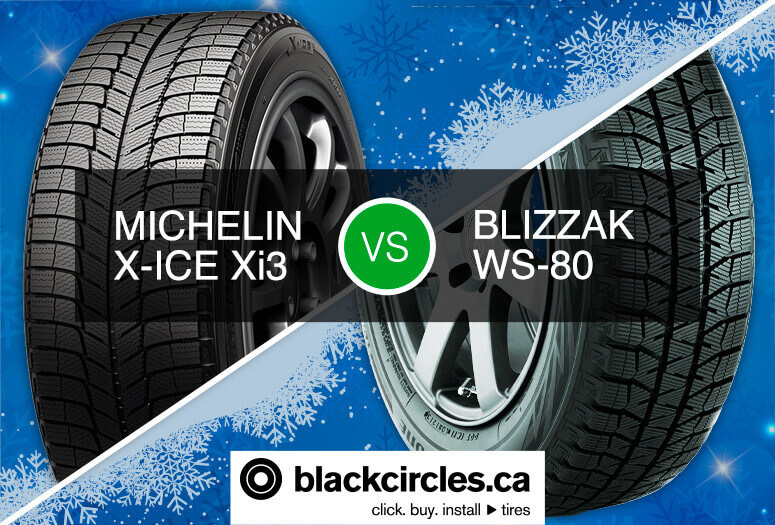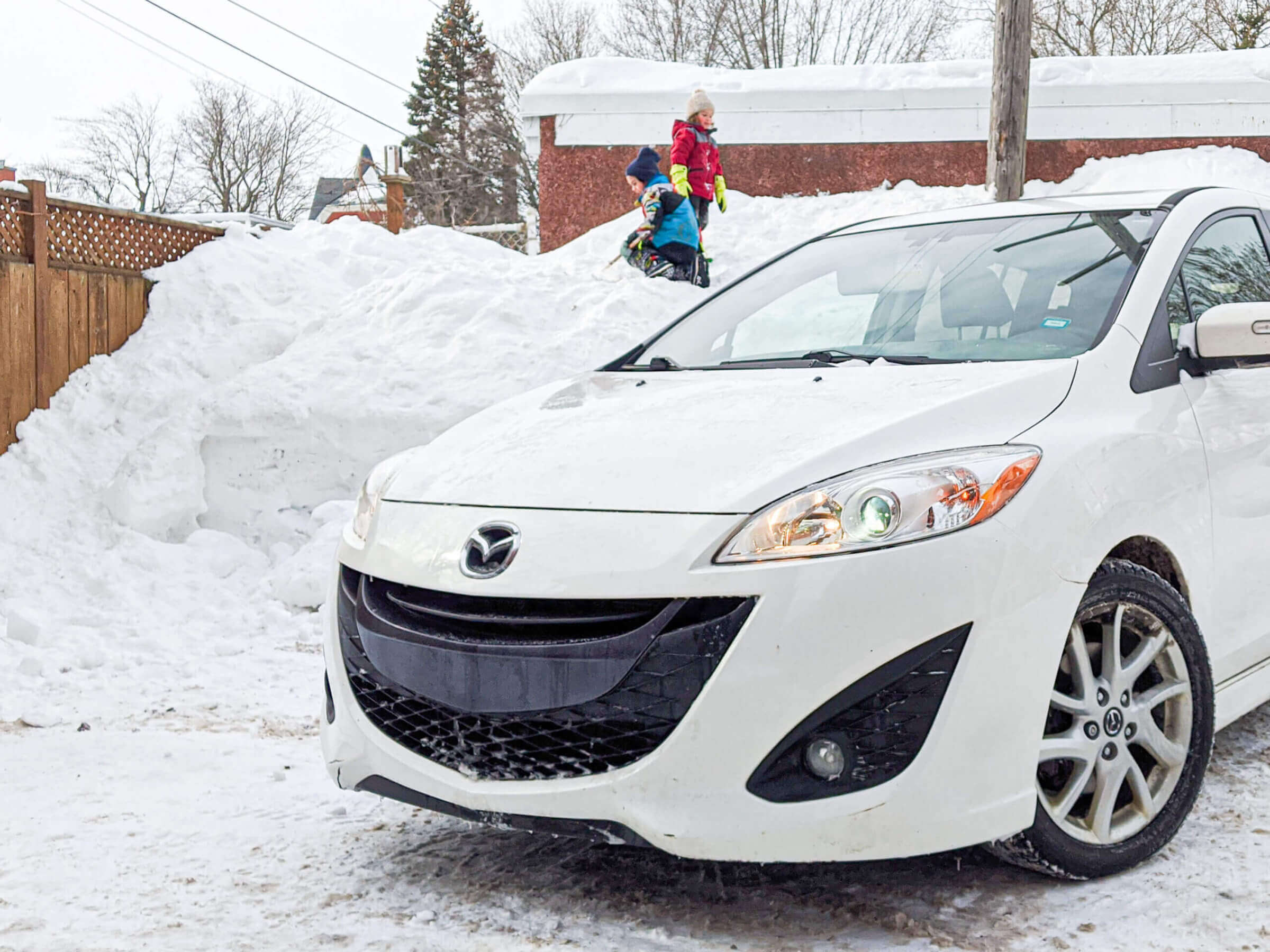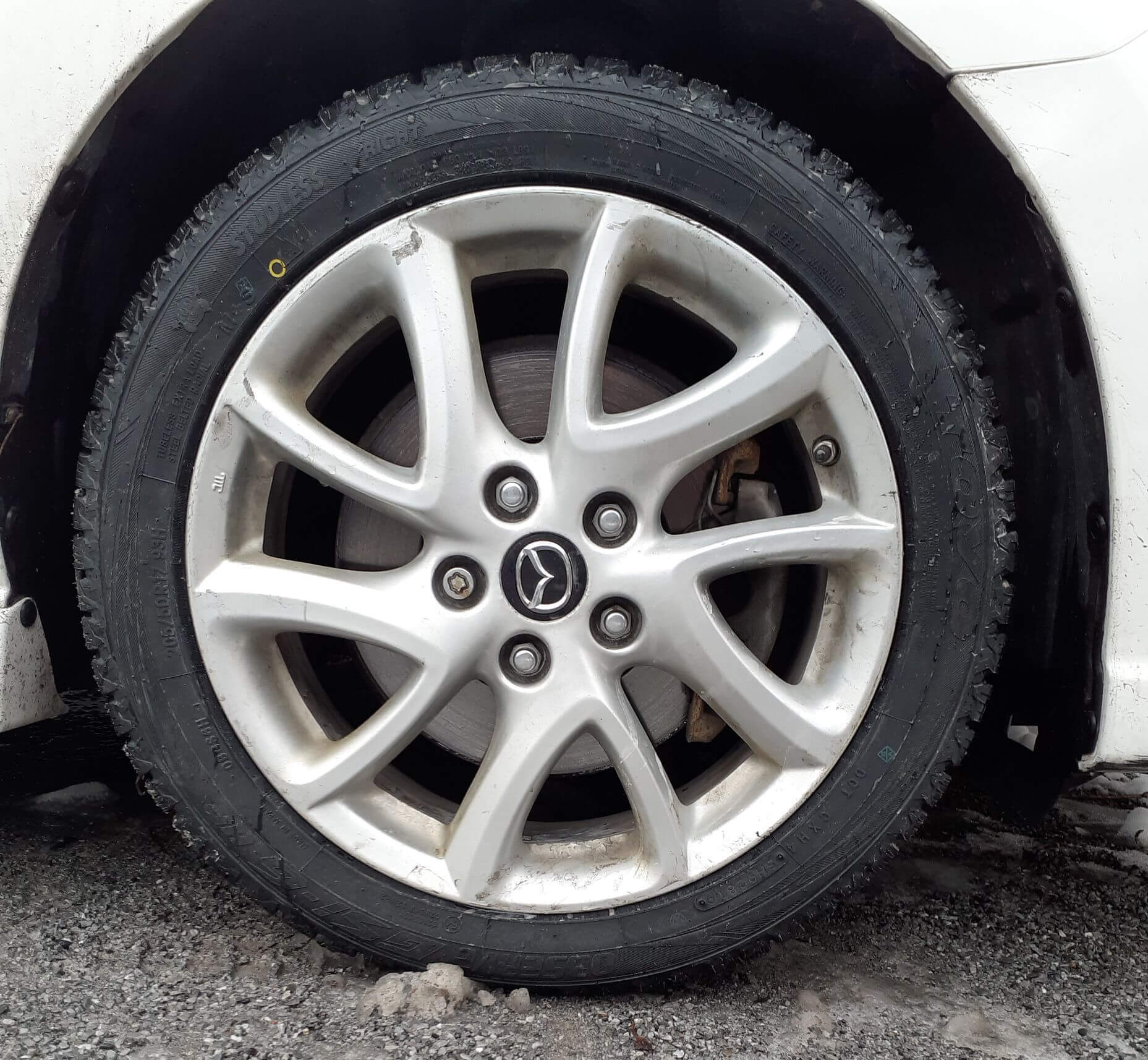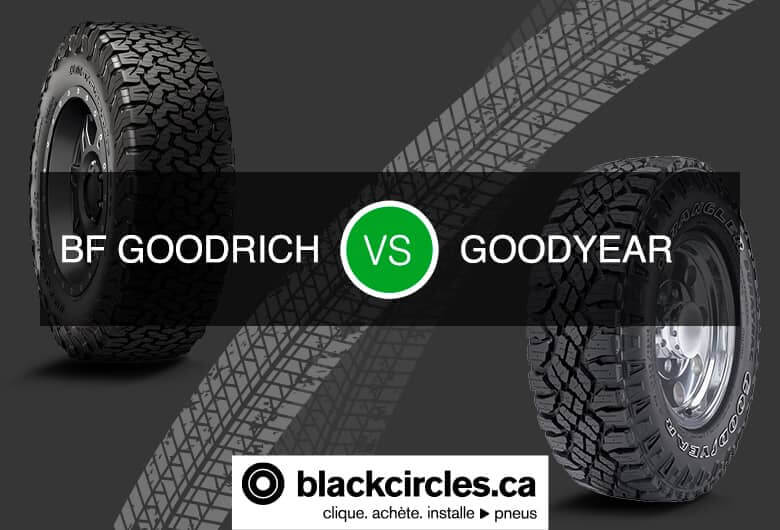Winter driving in Canada can be difficult and dangerous, but one proven way to increase your safety while driving is by buying and installing a good set of snow tires. Tire technology has improved over the years, and these days, a proper set of snow tires can help your vehicle have better traction and grip on the road, help avoid instances of aquaplaning and sliding on the snow, and, at the same time, all you to enjoy better fuel efficiency than winter tires manufactured years ago. In fact, in some provinces in Canada, such as Quebec, it is the law that you must install snow tires on your vehicle during the winter months.
If you are looking for the best winter tires for your vehicle, it’s best to take into consideration what kind of conditions you regularly experience during the winter season on your roads, your comfort level in driving in snow and ice, how often you drive in these conditions, and of course, budget.
Two of the most popular and top selling brands of winter tires on the market in Canada are the Bridgestone Blizzak vs the Michelin X-Ice. These two brands of tires have been on the market for many years, and have been continuously improved through research and development over the years. Both the Michelin and Bridgestone winter tires come in various sizes so that you can be assured you will be able to find the right size of tire for your vehicle, whether a compact, sedan, SUV, light truck or commercial vehicle, and will also make sure you end up choosing the best winter tire for your vehicle. These two brands are relatively similar in price, and will meet the needs of anyone who is looking for new winter tires in this price range.
The Bridgestone Blizzak or the Michelin X-Ice
If you are currently in the market for Bridgestone tires or Michelin tires for winter use, then both of these two brands of winter tires are worth comparing. Generally, when comparing snow tires, it is best to look at several areas of performance including how they respond in snow and ice, longevity, the level of ride comfort – which includes tire noise and vibration – and how the tire responds to wet road conditions which can cause the dangerous condition of aquaplaning. These are all good comparison factors when looking at buying a new set of winter tires. Below, we outline the features of these two brands.
Features of Bridgestone Blizzak
The Bridgestone Blizzak WS80 is rated highly by customers in terms of traction, durability, comfort and value. The tread on this tire is a molecular design that includes a new hydrophilic coating which, according to Bridgestone, reacts to snow, ice and water and provides great stopping power. In addition, the “Advanced Multicell Compound” with NanoPro-Tech ensures this tire tread stays flexible – thus increasing grip – in extreme cold conditions. The tire has been given a new cavity shape which helps distribute pressure across the tread uniformly, so the tire wears evenly in all conditions – including snow, ice and dry surfaces – and also has mini “bite particles” embedded in the tread that act similar to studs to give this tire great grip on the roads, and excellent braking on ice. And finally, the tire has been manufactured with 3D zigzag sipes that provide grippy edges and enhance block and tread stiffness. The sipe edges on the Bridgestone Blizzak WS80 have been increased by 20 per cent over the previous version of this Bridgestone tire.
Features of the Michelin X-Ice
Another highly rated tire, if you are comparing winter tires, is the Michelin X-Ice Xi3 snow tire. This tire is on its third generation, and features Michelin’s Cross Z sipes, Micro-Pumps and the FleX-Ice compound, all which provide better traction on snowy and icy conditions. In terms of durability, the Michelin X-Ice tire comes with a warranty for 60,000 kilometres (limited warranty), and feature Michelin MaxTouch Construction that provides a unique contact patch shape on the tire tread that ensures even tread wear and long-lasting durability. With the Michelin Total Performance you also get good fuel efficiency, something that winter tires are not generally known for.
Discover the Michelin X-Ice Xi3
Comparing the Bridgestone Blizzak vs the Michelin X-Ice
In independent tests, both of these sets of winter tires performed admirably in winter driving conditions, and in terms of price, these tires are comparable. Where the differences appear are in the minute details in terms of performance – small differences in specific winter driving situations such as stopping and starting on ice, cornering in heavy snow conditions, and tread wear. Of course, winter conditions vary greatly from place to place, with some areas receiving more snow, and some areas being subject to more ice, or melting conditions – depending on where you live in Canada, and these factors should influence your winter tire purchase as well.
The differences are in the fine details
When comparing the Bridgestone Blizzak vs the Michelin X-Ice on a popular tire website, it was noted that the Michelin tires were quieter, with a soft steering feel and good handling, whereas the Bridgestone tires were a little bit noisier and had a slightly higher rolling resistance. In addition, the Michelin tires performed very well on cold dry pavement and glare ice (a very dangerous condition that occurs mostly on highways, and other flat roadways), and the Bridgestone Blizzaks offered excellent handling and traction in deep snow conditions, which might be more commonly occurring in rural areas.
Which should I choose?
Given these small differences, you might want to make your decision based on what kind of road conditions and weather you most regularly encounter during winter driving. If you live in an area where you get a lot of deep snow, or perhaps you live further out from where roads get ploughed quickly after a snowfall, then potentially the Bridgestone Blizzak may be a better choice. However, if you regularly encounter glare ice, or extremely cold dry conditions – such as driving on regularly ploughed highways in areas that often experience a deep-freeze, then it may be that the Michelin X-Ice might be a better choice for you.
Of course, when choosing winter tires, you always need to make sure you are selecting what works best for you, your vehicle and the winter driving conditions you most often experience – as well as your comfort level driving in snow. If you have questions on what the best winter tires are for your vehicle, and you are comparing the Bridgestone Blizzak vs the Michelin X-Ice winter tires, then you can always ask the tire experts at blackcircles.ca. Our friendly and experienced team of online tire experts can guide you through the winter tire selection process, and offer you answers to your questions, so you are completely satisfied with your winter tire purchase.






